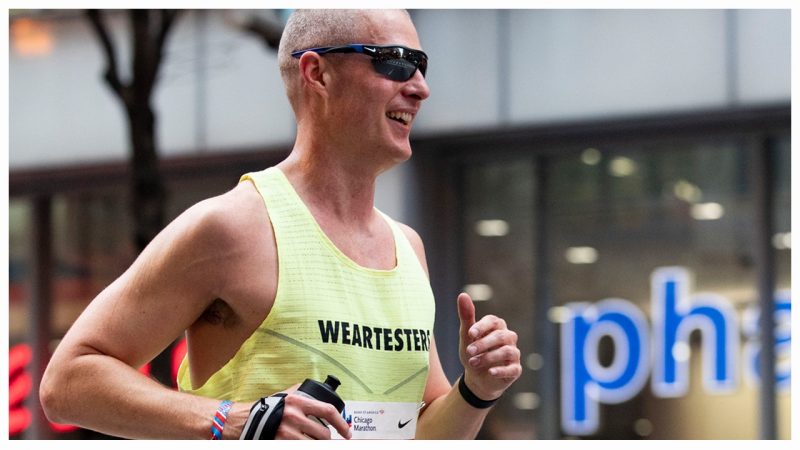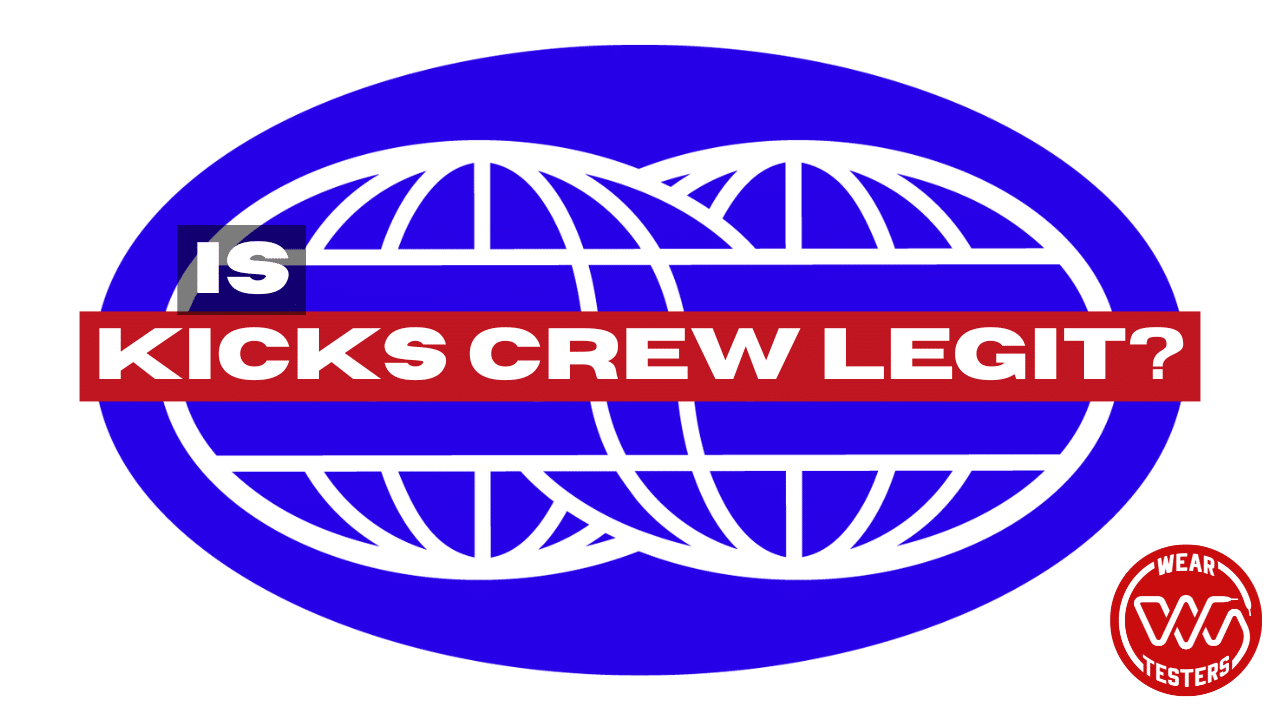This is part 3 and the finale of our Basketball to Marathon series. In the series, we follow one of our testers, Drew Whitcomb, as he takes on a brand new challenge and goes from basketball player to marathoner. This final part of our series focuses on marathon racing. If you missed the previous articles, read part 1 on marathon motivation here and part 2 on marathon training for basketball players here.
Now that we finished learning how to transition from basketball to marathon training, it’s time to do the damn thing and complete a marathon. If you want to enjoy marathon racing, you can’t just show up on race day. You need a plan.
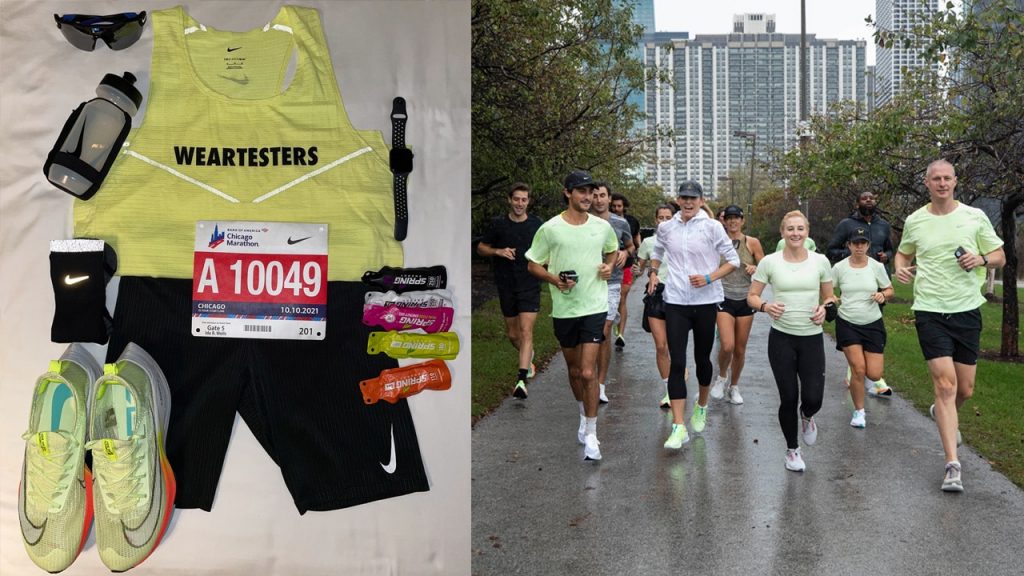
Marathon Racing Prep
There’s a lot to think about as you get ready for racing a marathon. What are you going to wear? What pace will you run at the start? Will you increase the pace at a certain point? What and when will you eat before the race? What will you eat during the race? How will you hydrate before and during the race? How will you get enough sleep and rest leading up to race weekend? Where will your friends or family be cheering for you during the race? All these questions need answers.
Additionally, all runners have a different strategy or routine that works for them. So as I said, it’s a lot to figure out. It’s enough that I don’t have enough time to talk through all those questions.
However, you don’t want race day logistics stressing you out. Decide long beforehand the answers to those questions. It makes race day much smoother. My recommendation is to find yourself a group of “marathon mentors” who don’t mind getting peppered with relentless questions. My set of mentors included an accountant that’s completed 20+ marathons, my Nike running coach Rebeka Stowe, regular Runner’s World contributor and multiple time marathoner Ashley Mateo, and my long run partner and sneaker aficionado Tyler. Over the last three to six months, I asked them approximately 65,328 questions. They never complained and answered all my questions, no matter how basic. If you get a group like that, you can bounce ideas off of them and settle into what you think will work for you. You can also find out fun stuff like the effect of beet juice shots on your marathon time. Who knew?
As you consult with your mentors, you’ll decide answers for each marathon prep question. Your answers may work…or they may fail. The marathon can destroy even the best of plans. But most of your plans will work and they’ll make your race day soooo much better.
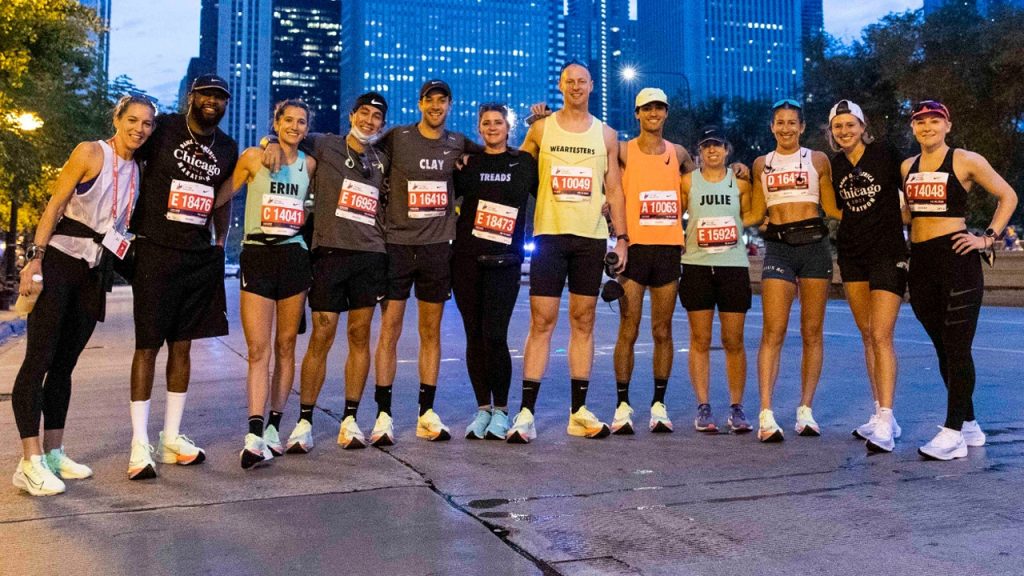
Race Day
When Nike Running invited me to run the Chicago Marathon I already had running a marathon as one of my 2021 goals. I gladly accepted. It also gave me a good excuse to wear my Alphafly Next% more often. The training and team that came with the invitation was a big bonus. And it got me ready. Arriving in Chicago with only experience in smaller local races, I wasn’t prepared for the energy and excitement of a major marathon.
The energy in Chicago was palpable. Everywhere you looked in the days leading up to the race you’d see runners prepping or enjoying the city. The city had a buzz to it. Every conversation centered on running.
I’ve been to Chicago several times before, including for an NBA All-Star weekend, but I’d never seen the city this electric. If you get into marathons, I’d recommend running a major (there are six…Chicago, NYC, London, Berlin, Tokyo and Boston) just to see the atmosphere for yourself. It really pumps you up when everyone you meet is sharing their marathon strategy and encouraging you. As a first time marathoner tons of people threw extra support my way. Probably because they know what was coming. Something so hard yet ultimately so rewarding.
As for my first marathon, it was a true test of will. I know I started off this series of articles by saying I was looking for a new challenge, but I didn’t realize how BIG this task really was. Not even training with a 22 mile long run fully prepared me for what was to come.
Everything started out so well. I ran the the first 15 miles almost exactly how I wanted. Mile 16 was a bit of a slog, and then 17-23 were incredibly painful. My legs still had energy, my heart rate wasn’t skyrocketing, but it was a hot, humid day and I just didn’t get the hydration/nutrition equation right.
In a basketball, coaches often say “the other team’s going to punch you in the mouth, be ready to respond.” In a marathon, it’s not another team or competitor doing the punching, it’s your own body. In my case, my body’s energy was depleted. I was struggling. The signs of the heat and humidity were all around me. Runners were cramping up and yelping in pain. Some were doubled over dry heaving. At that point, it was more a house of horrors than a race.
But here’s where it helps that a marathon is such a long race. Just like in a basketball game, you can regroup and get back on track. I pivoted my strategy, did some math in my head and figured out a new goal. At the aid stations, I downed copious amounts of Gatorade and water along with the occasional half a banana even though my stomach was rebelling. The shift in strategy worked. As did some much welcomed support along the way from my Nike coaches and teammates. Even though miles 21-23 were painfully slow by my standards, I was able to get my body back on track and finish with a few solidly run miles. The final result, though maybe not what I’m fully capable of, was a success. I didn’t crater mentally and posted a respectable time as I finished my first marathon in subpar conditions.
After the race, I was tired and everything hurt. But the sense of accomplishment from facing down both my own failing body and the marathon distance was super satisfying. I got the “runner’s high” that people tell you about (but you don’t really believe exists until you’re a runner).
After the race, I got to spend time with my Nike teammates analyzing our performances. Some of us had good days, some of us bad days and a lot of us something in between. But we all did a really difficult thing together, and we’re all bonded in a way I didn’t expect going into this thing. The marathon proved to have the same power to forge friendships that in my basketball days took a whole season or more.
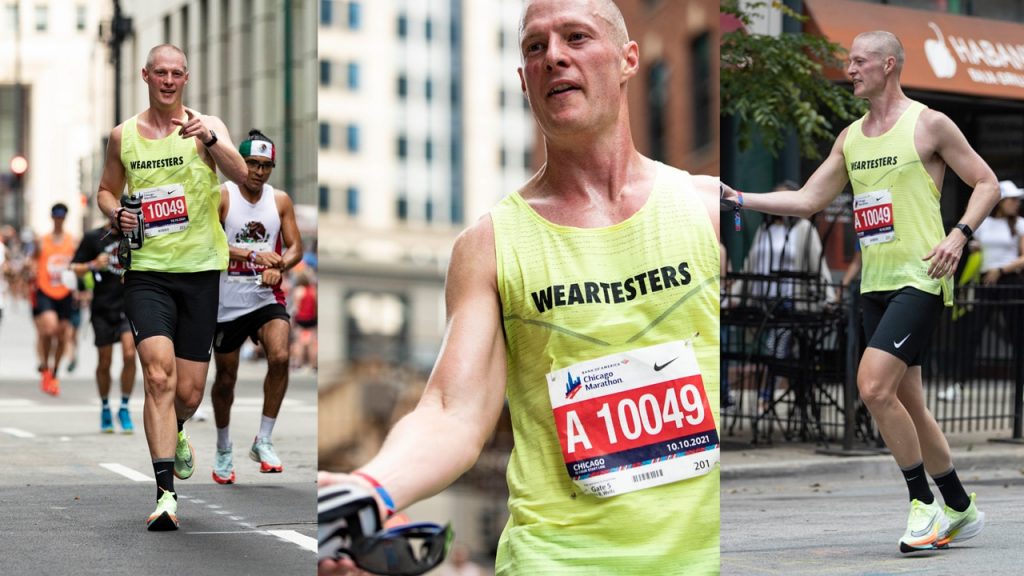
Aftermath
Holy hell my legs hurt. For around three days. It was a level of soreness I hadn’t experienced in…well…if I ever experienced it before I blocked it out. Stairs were hard. Now finally, 72+ hours post race, my legs are finally feeling normal-ish. I’ll probably rest a couple more days based on the marathon racing recovery advice I’ve gotten from my mentors.
After running almost everyday for six months, is it hard to not run? Yep. But it’s given me time to reflect on whether I got what I wanted from the marathon and what I want to do next.
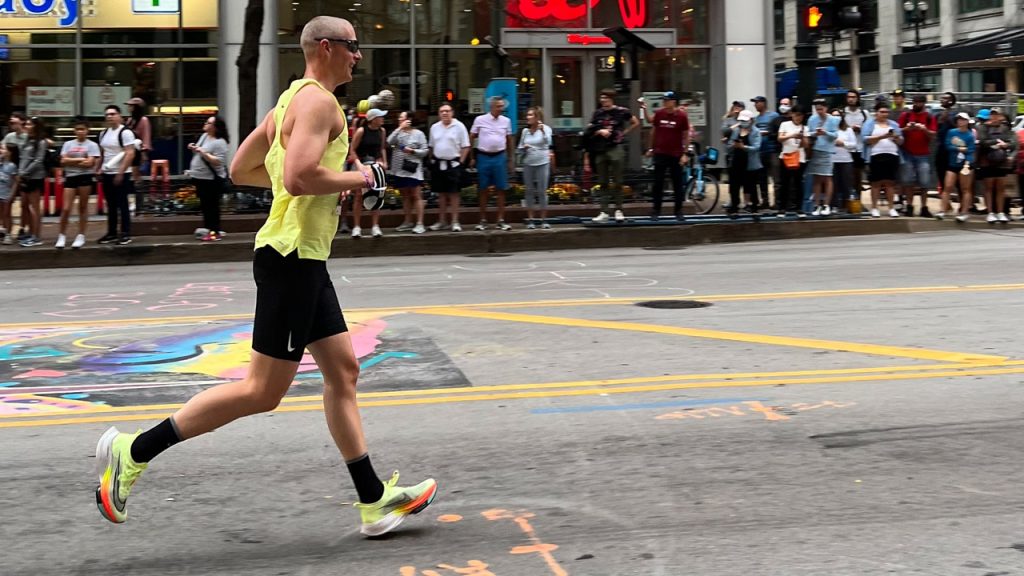
What’s next?
Did I get everything I wanted from the marathon? Yes, and a lot more. My original motivation was more or less about embracing a new athletic challenge. The marathon definitely delivered in that regard. But it also provided more friendships and appreciation for the running community than I could ever have imagined.
Now, and I can hardly believe I’m saying this, but what’s next is another marathon. It’s a huge challenge. I want more marathon racing. I can see various ways, both big and small, that I could easily improve both my time and the way my body felt during the race.
As I rest this week, my mind wanders to improving my training, my prep and figuring out my next opportunity to try and tame the marathon beast. I haven’t been this hooked on chasing an athletic goal since I was battling for basketball championships in super competitive leagues. And in my mind, having a hard to reach athletic goal is something that makes life better.
Have questions about going from basketball player to marathon runner? DM me on Twitter or message me on Instagram. I’ve done a lot of research on marathon training. I can either answer your question or point you to an expert, coach or site that has the info you need.

